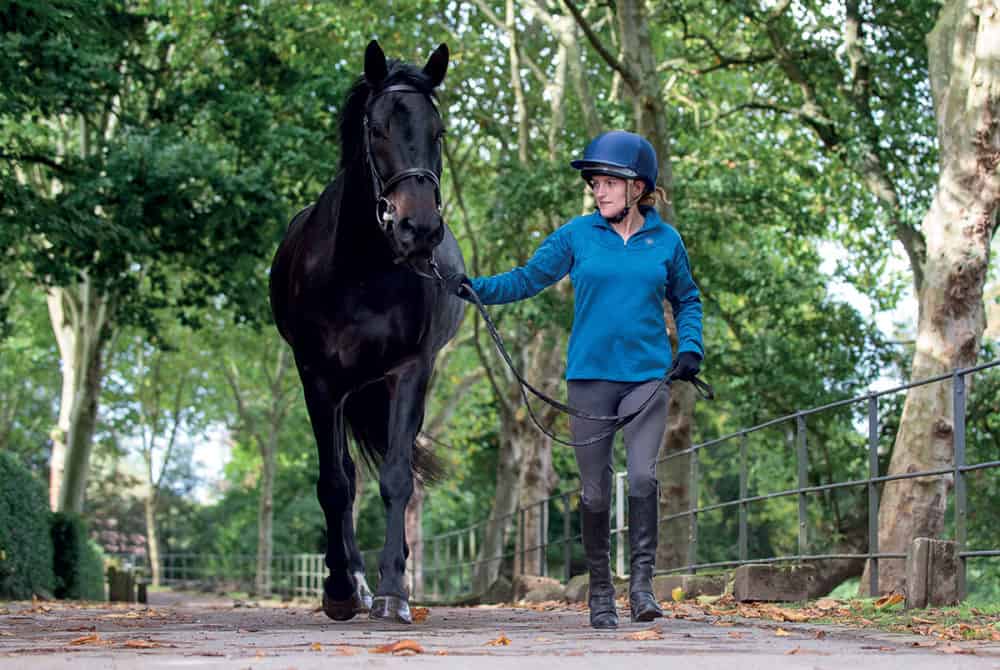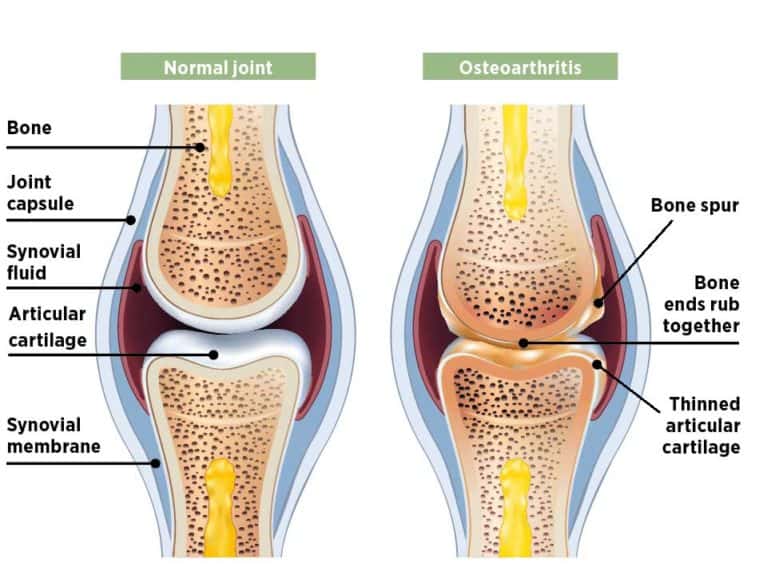Osteoarthritis how is it diagnosed and what treatments are there?
Posted 8th September 2021
Find out how osteoarthritis is diagnosed and the treatment options available, with vets Mariana Castro Martins and Louise Breen

Osteoarthritis is a degenerative joint disease commonly diagnosed in many types of horses – from companion ponies to international showjumpers. Arthritis can be a daunting diagnosis, as it’s usually associated with lameness and poor performance. However, as the disease becomes better understood, its treatment options and success rates only increase, giving horses who may have previously been written off a second lease of life.
What’s the problem?
Osteoarthritis is defined as the progressive deterioration or destruction of articular cartilage within joints, accompanied by changes in the surrounding bones and soft tissue.
There are two main types of the condition, which can be classified as…
- primary osteoarthritis, which is usually caused by repetitive trauma to the joint during motion. Risk factors include poor conformation, ageing, exercise management, body condition and diet
- secondary osteoarthritis, which occurs as a potential consequence of another underlying issue, such as a fracture related to the joint, an infection within the joint (sepsis) or developmental disease, such as osteochondrosis

Inside out
Osteoarthritis occurs when there’s inflammation within the joint or disruption to its surface. This is coupled with further destruction of the joint caused by tiny chemicals that build up within the fluid and result in dehydration or weakening of the articular cartilage. This can create a cycle of destruction if left untreated or if the primary cause isn’t addressed.
Articular cartilage damage is the typical change seen in osteoarthritis. The joint usually attempts to improve its stability by producing extra bony growths on the joint margins, known as osteophytes or bony spurs, and these often lead to a restricted range of motion. Joint inflammation and the restricted range of motion are responsible for the pain-related symptoms most commonly associated with osteoarthritis.
Did you know?
Turnout is encouraged for horses with arthritis, as they can become increasingly stiff and sore if left to stand in a stable for extended periods of time.
To find out more about osteoarthritis, pick up a copy of November Horse&Rider, on sale 9 September 2021










